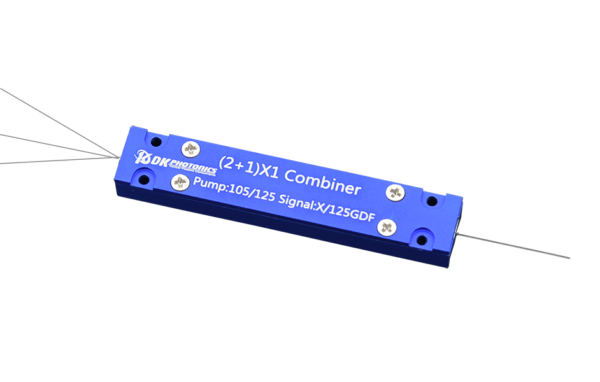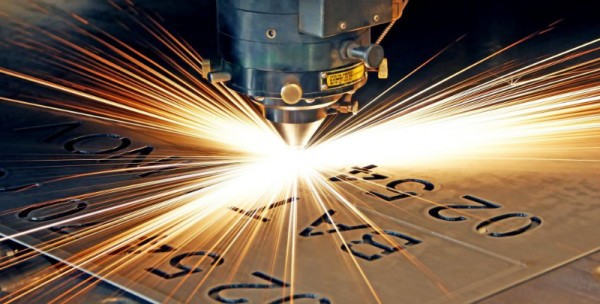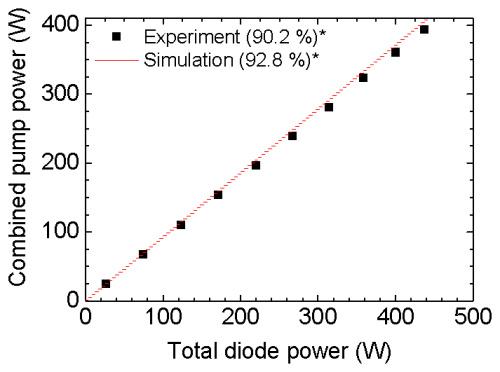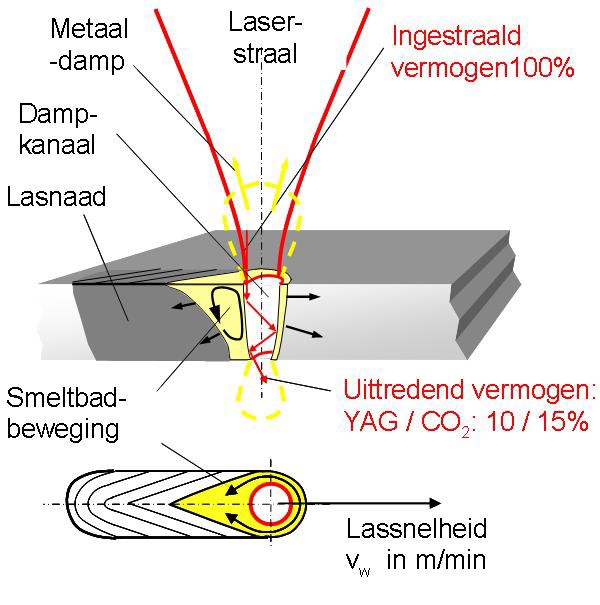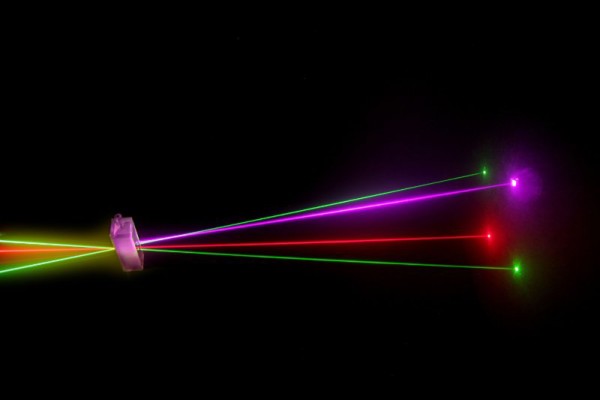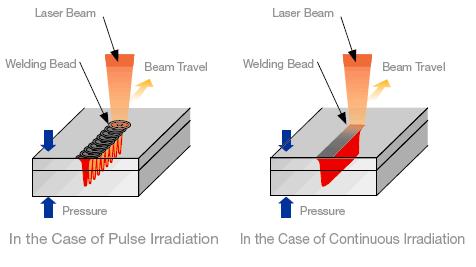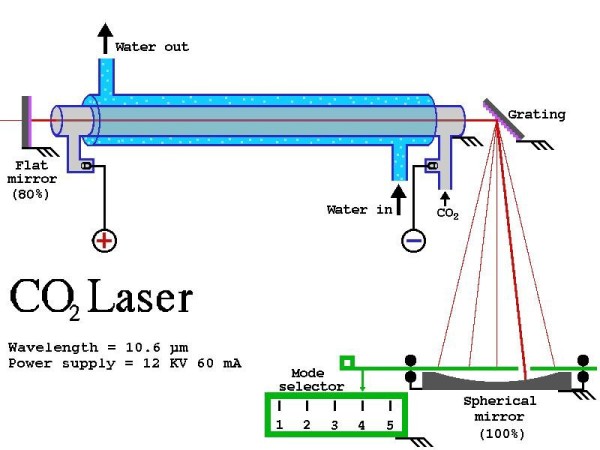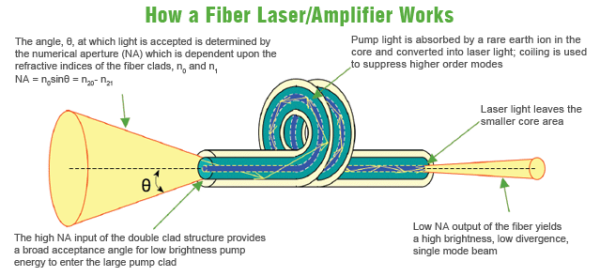Pump Combiners, also called pump couplers, are optical passive components designed to send pump and signal light into a laser fiber or an optical amplifier. Basically, high-power fiber amplifiers and lasers are designed using rare-earth-doped fibers with double cladding.
Theoretically, one can inject both pump and signal light into the rare-earth-doped double-clad fibers. However, this technique is limited to research stages only. When it comes to industrial fiber laser applications, one needs an all-fiber setup where fiber pump laser diodes can be interfaced with the active fiber through some passive multimode (MM) fibers.
In such cases, one needs to use pump combiners for interfacing. The use of pump combiners helps achieve higher stability and better robustness in the devices. Some of the pump combiners are high-power pump combiners that are specifically made to safely handle power levels of several kW.
In the market, you will find two types of pump combiners. While the first type includes pure pump combiners, the latter includes pump & signal combiners that have an additional signal output.
Typically, pump combiners are denoted as:
Here, N represents the number of pump inputs.
For instance:
- A 4 x 1 pump combiner means there are four pump inputs.
- An (18+1) x 1 pump & signal combiner means there are 18 pump inputs and one additional signal input.
In general, there is no problem in not using all pump input ports except that there will be a loss in terms of pump brightness.
In addition, pump combiners are also available in the PM (polarization-maintaining) version.
Common Uses of Pump Combiners in the Industry
- Pump combiners, including the ones with additional input, are extensively used for industrial high-power lasers. As mentioned above, they are needed to transmit the pump and signal light combined into the laser fiber.
- Pump signal combiners are also widely used for erbium-doped fiber amplifiers (EDFA) that play a key role in optic fiber communications, such as cable-TV power amplifiers. While low-power EDFAs use dichroic fiber couplers that are based on single-mode (SM) fibers, high-power EDFAs based on double-clad fibers use multimode pumps & signal combiners.
- Besides, pump combiners are also utilized in direct-diode applications where an output fiber is often a single-clad multimode fiber.
- Other applications of pump combiners include fiber laser, fiber laser combination, kW class fiber lasers, and industrial research.
DK Photonics is a widely renowned pump combiner manufacturer based in China, offering standard and custom pump combiners, including N x 1 pump combiners, (N+1)X1 pump and signal combiners, and PM (N+1)X1 pump and signal combiners along with cladding power strippers (CPS). For any queries, please write to us at sales@dkphotonics.com.

